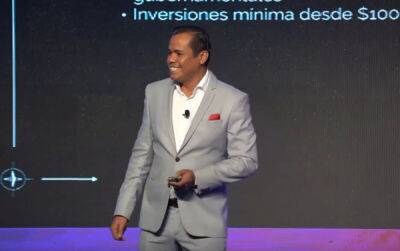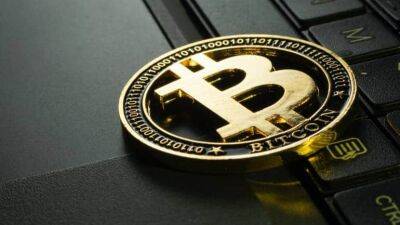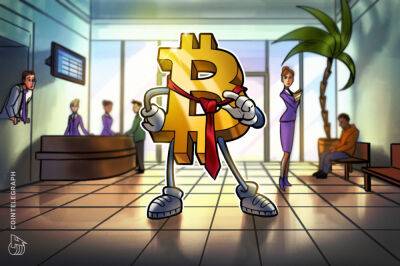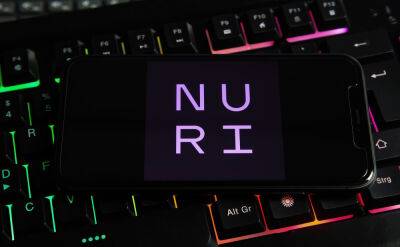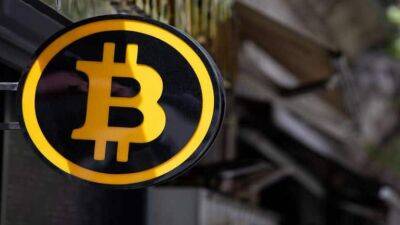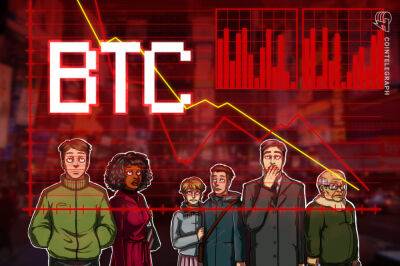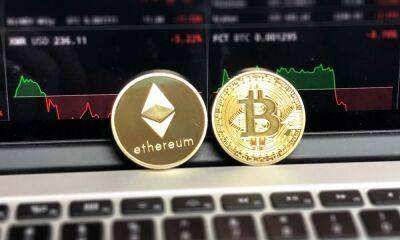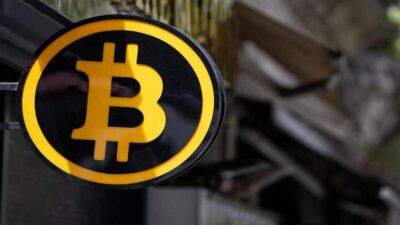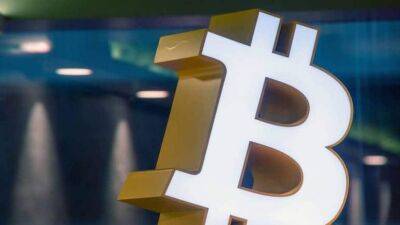As energy prices soar, the bitcoin miners may find they have struck fool’s gold
In the bad old days, prospecting for gold was a grisly business involving hysterical crowds, pickaxes, digging, the wearing of appalling hats, standing in rivers panning for nuggets, “staking” claims and so on. The California gold rush of 1848-55, for example, brought 300,000 hopefuls to the Sierra Nevada and northern California and involved the massacre of thousands of Indigenous people.
In our day, the new gold is bitcoin, a cryptocurrency, and prospecting for it has become a genteel armchair activity, although it is called “mining”, for old times’ sake. What it actually involves is using computers to perform unfathomably complicated calculations to create cryptographic “hashes” – codes that are, in practical terms, uncrackable.
Sounds intimidating, doesn’t it? But in reality anyone can play the game. You just have to have the right kit – a special bitcoin-mining computer called an Asic (application-specific integrated circuit). These gizmos are readily available online. I’m looking at one as I write: the Bitmain Antminer S19, which costs $6,999 (£5,600) and can do 95 terahashes – 95tn calculations – every second.
Mining is a misleading term for the computational work that’s needed to validate transactions on the blockchain – the cryptographically protected distributed ledger that underpins bitcoin. For every “block” that a miner is able to validate, they are rewarded with a number (currently 6.3) of new bitcoins. The value of the reward is tied to the prevailing price of the currency at the time. Not so long ago, for example, when each bitcoin stood at $68,000, that reward was worth nearly $430,000.
So you can understand why bitcoin mining looks a bit like a contemporary version of what happened in California in the
Read more on theguardian.com


